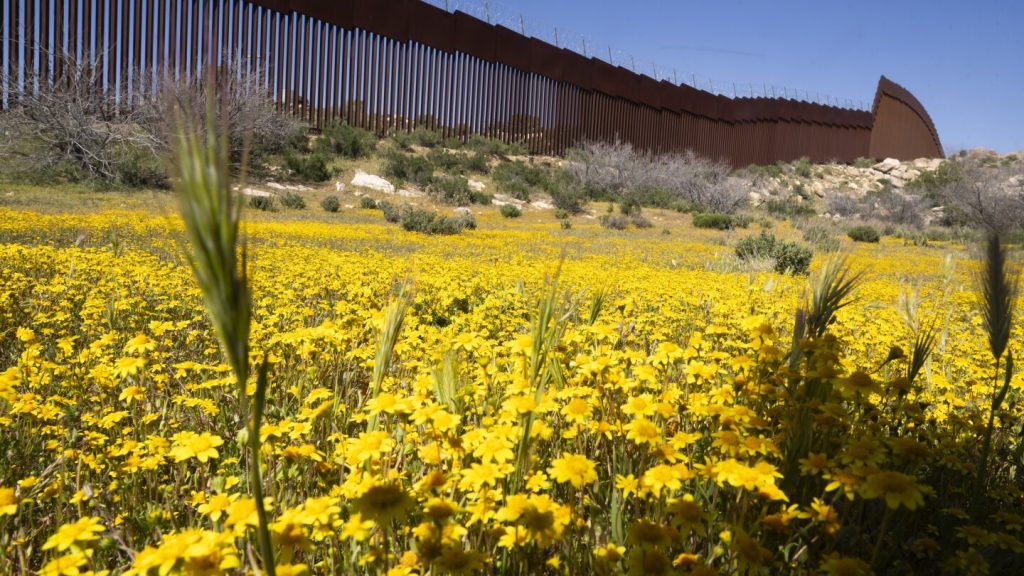Botanists and citizen scientists are participating in the Border Bioblitz near the Mexican community of Jacumé to document as many species as possible along the U.S.-Mexico border. The volunteers are armed with the iNaturalist app on their smartphones to upload photos and record the coordinates of the location. The goal is to gather information that could lead to more protections for the region’s natural richness, which is often overlooked due to the focus on issues like drug trafficking and migrant smuggling. Despite the challenges posed by the border wall, volunteers are determined to showcase the biodiversity in the area.
The efforts to document the flora and fauna along the U.S.-Mexico border started in response to the construction of hundreds of miles of border walls under former President Donald Trump, which disrupted the natural ecosystem. With climate change, habitat loss, pollution, and development threatening biodiversity globally, the need to protect species is more urgent than ever. The United Nations is expected to hold a high-level meeting in Colombia to discuss conservation targets, with a focus on protecting 30% of land, freshwater, and oceans by 2030. The Baja California peninsula, which shares a border with California, is home to thousands of plant species, many of which are endemic and considered rare.
Despite the rich biodiversity in the region, the area faces challenges such as crime that deter many U.S. scientists from crossing the border. Mexico’s restrictions on permits and seed collection further hinder efforts to document and protect the region’s plants and animals. However, Bioblitz organizers work with local communities to ensure the safety of volunteers and prioritize areas that are deemed safe. Botanists like Jon Rebman have identified new plant species in the region and are working towards conservation efforts to protect native plants in areas that are vulnerable due to lack of protection.
One of the key focuses of the Bioblitz initiative is to raise awareness about the beauty and importance of the region’s biodiversity. Botanist Mariana Fernandez is working towards adopting more protections for native plants in Baja California and is engaging with local communities to build support for conservation efforts. As the need for conservation becomes more pressing, efforts to showcase the natural richness of the region are essential in highlighting the significance of preserving species that are at risk of disappearing. Despite the barriers created by humans, there is a growing recognition of the value of protecting the biodiversity along the U.S.-Mexico border.
As border security intensifies and more migrants seek refuge in border areas, the need to protect biodiversity becomes increasingly important. Areas like Jacumé, with a mix of diverse ecosystems and a history of asylum seekers, are drawing attention to the value of conservation efforts in these regions. With the participation of students, volunteers, and local communities, initiatives like the Border Bioblitz are shedding light on the importance of preserving the natural richness of the U.S.-Mexico border. By documenting and raising awareness about the biodiversity in these areas, there is hope for increased protection and conservation efforts to safeguard species for future generations.


